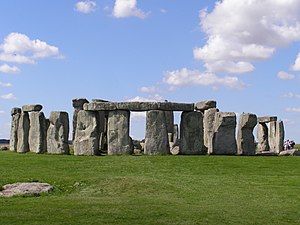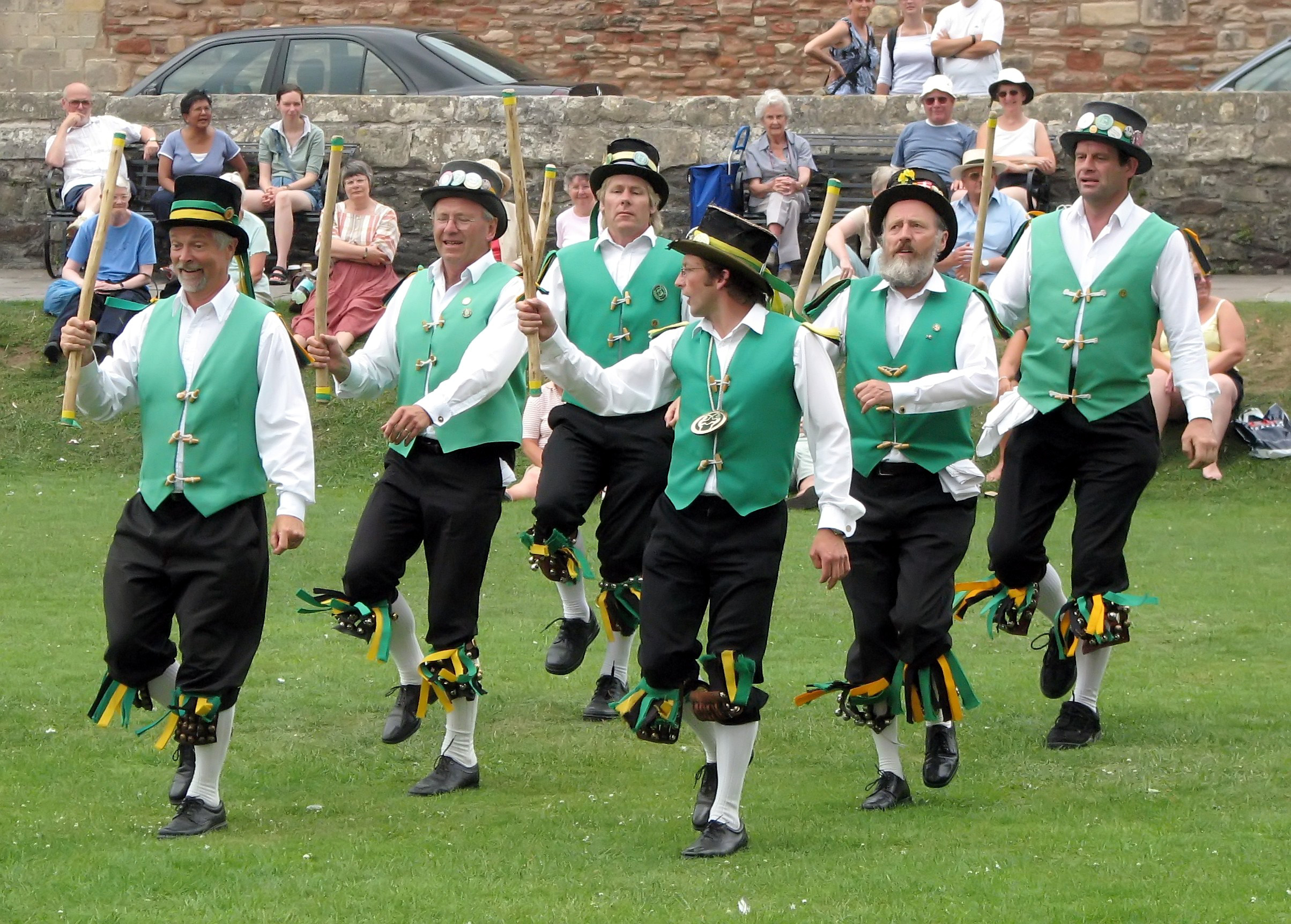Stonehenge
The fascinating myths about Stonehenge to be covered
are related to the following:
Face
theory: Terrence Meaden is an archaeologist who claims to have seen a
face carved into one of the sarsen or druid stones (large sandstones blocks).
He firmly believes that this face could belong to the patron of the monument or
even its architect. According to his beliefs, the designer of the Stonehenge
has been looking at us for four thousand years and we haven’t seen him or at
least, not the majority.
 Aliens: Colin Andrews, a crop circle researcher, says to have found a
symbol carved into one of the blue stones, which looks like one of the crop
circles that have appeared in fields near the druid stones. Extra-terrestrials,
have been one of the most popular explanations to the Stonehenge.
Aliens: Colin Andrews, a crop circle researcher, says to have found a
symbol carved into one of the blue stones, which looks like one of the crop
circles that have appeared in fields near the druid stones. Extra-terrestrials,
have been one of the most popular explanations to the Stonehenge.
Cures: In the course of
years, lost of people have affirmed that Stonehenge holds healing powers. They
say that if you sit underneath the stones, while water is being poured over
them, your wounds should be washed away.
 Devil: The tale of the
Devil is the tory starts off with an old Irish woman who displayed beautiful
stones in her backyard.
Devil: The tale of the
Devil is the tory starts off with an old Irish woman who displayed beautiful
stones in her backyard.
These stones caught the eye of the Devil one day and he
came up with a plan to get them. He dressed up as a charming chap in a suit and
asked the old lady if she would like to sell her stone structure. At first, she
said no, but the schrewd Devil pulled out a load of gold, and then she agreed
to sell her stones. Of course, when the Devil took the stones, he kept the gold
as well. The Devil then moved them all the way to Salisbury Plain. He was so
proud of these stones that he started making bets that no one would ever come
close to guessing exactly how many stones his structure contained. A priest
overheard the Devil's bragging and boasting, and was irritated by it. So, the
priest talked to the Devil and said, "I can guess how many stones you
have." The Devil laughed and said, "Try." For his misfortune,
the priest guessed exactly right. The Devil was so furious, he picked up one of
the stones and threw it at the priest. The stone just caught the priest's heel.
Though the priest was not harmed by the stone, the stone was scratched. This is
where the "Heel Stone" gets its name, also known as the "Friars
Heel."
These common tales are remarkably closed to what people can observe
today.
Latis
(Anglo-Celtic myth)
In the origins, she was a lake Goddess who became a Goddess of ale and meade. Evidence of her worship remains at Birdsowald, England.
Latis fell desperately in love with a salmon, an animal that represents knowledge, and out of pity for her, the other deities turned him into a warrior. However, each winter he must submit to becoming a salmon again until spring.
His returning to
fish-form archetypically represents the demise of the old God who is always
condemned to die at winter's beginning. He is resurrected in spring when the
Goddess ceases to morn.
Nemetona myth
 She is a Goddess of the Sacred Grove, who was
popular in bath. She have been worshipped throughout the Celtic world (2nd-5th
centuries), with place names to her being found across Gaul, though these could
refer to sacred groves (the nemetons) that were not specifically for her
worship. She was
venerated by the Celto-Germanic people called the Nemetes, whose name shares
her root name. At Bath, she was the consort of Mars Loucetius. She
is again paired with Mars at Grosskrotzenburg near Hanau, and at Altripp near
Speyer. The Roman imperial aristocracy invoked her name on a bronze tablet at
what is now Klein-Winternheim near Mainz.
She is a Goddess of the Sacred Grove, who was
popular in bath. She have been worshipped throughout the Celtic world (2nd-5th
centuries), with place names to her being found across Gaul, though these could
refer to sacred groves (the nemetons) that were not specifically for her
worship. She was
venerated by the Celto-Germanic people called the Nemetes, whose name shares
her root name. At Bath, she was the consort of Mars Loucetius. She
is again paired with Mars at Grosskrotzenburg near Hanau, and at Altripp near
Speyer. The Roman imperial aristocracy invoked her name on a bronze tablet at
what is now Klein-Winternheim near Mainz.







